Dr Sukhjinder Nijjer
Consultant Cardiologist
Expert in Breathlessness
Breathless / Shortness of Breath -
Learn the causes and how Dr Nijjer can help
Breathlessness
Feeling short of breath can be a distressing symptom and it can raise concerns over the cause. You may feel breathless when running or climbing stairs? Some feel breathless even when resting in a chair? Are you breathless when lying down? Do you wake up suddenly in the night feeling breathless?
Medically, we refer to breathlessness as dyspnoea, and there are many different reasons to have this symptom. There can be lung problems, heart ischaemia (lack of blood supply), heart failure or other problems with the body.
Dr Nijjer will help to diagnose the cause and provide expert advice on helping you and your underlying condition.
On this page, we will discuss:
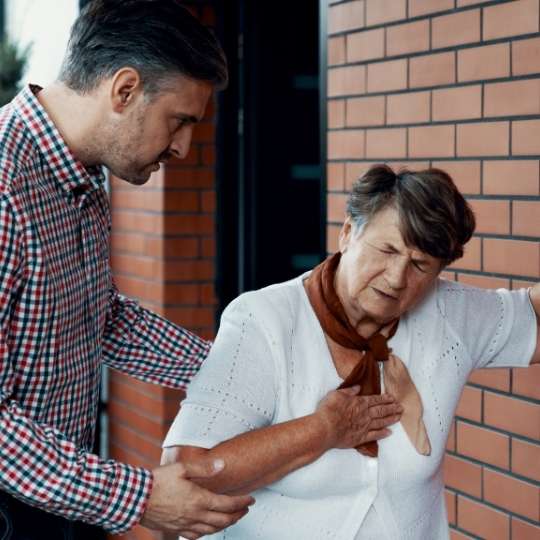
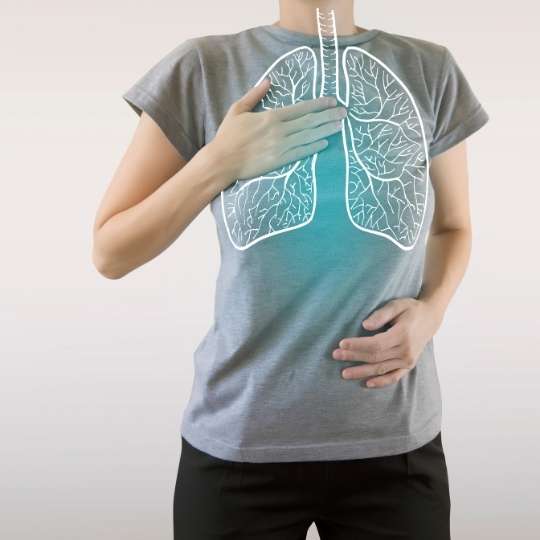



What is shortness of breath?
Medically dyspnoea (breathlessness) is defined as a subjective experience of having discomfort during breathing.
Shortness of breath or breathlessness means you may feel like there is a lack of air or oxygen. You may feel you need to breath more quickly or in a shallow manner. Some people as if they must take big sighing-type breaths. Some feel as though the breath is not satisfying or fulfilling. Some feel as if there is a discomfort when breathing. This can be distinct from chest pain or tightness.
You may feel breathless at the times of other symptoms. Some patients develop chest tightness, chest pressure or angina when they exert themselves. This can be associated with a sensation of breathlessness. Some patients have palpitations with a racing heart. In many cases, patients will feel breathless when the heart is racing. You may also feel it if you suffer from ectopic heart beats.
Breathlessness can be acute when it occurs over a number of hours or days. Doctors consider it chronic when it has lasted more than 4-8 weeks. Patients who have chronic breathlessness can have episodes of sudden worsening – we refer to this as ‘acute on chronic’. This can be triggered by a worsening of the underlying health condition – for example an aggravation of long standing asthma. In some, there can be an intercurrent issue – such as infection that makes chronic breathlessness worse.
Breathlessness can be at rest or during exertion. If you feel breathless when sitting still, focus on whether the symptoms are worse when lying down or in certain positions. Do you feel breathless when lying in bed or need to prop your pillows? If you are waking from sleep with breathlessness, how many times does this occur?
If you are feeling breathless when undertaking exertion or activity, you should note how far you can exert yourself before the symptoms come on. Has this distance changed? Do you find yourself walking less far than before? Do certain times of day make a difference to your symptoms? Are there things you can do that makes the sensation of breathlessness feel better?
You should also reflect on whether your symptoms are present all of the time or come and go? Feeling breathless may come on suddenly with the individual feeling quite well moments before the symptoms come on, or can creep up slowly over a longer period of time.
What causes shortness of breath?
Most breathing issues can be categorised into either a Respiratory-related problem or Cardiac-related problems. We shall consider these in turn.
Respiratory-related problems
The Respiratory system is made up of all the components of the body linked to breathing. This includes the:
- The Central Controller: This is the brain, which contains systems to detect oxygen levels and carbon dioxide levels. It then sends signals to the rest of the respiratory system to ensure the levels maintain balance.
- The Ventilatory Pump: this the system of physically taking a breath-in and out. It includes the chest muscles, the chest bones and ribs, the lining of the lungs, the diaphragm and all the nerves.
- The Gas Exchanger: the lungs contain millions of small sacs called alveoli – they look like bunches of grapes. Oxygen is extracted from the air and transferred into red blood cells as they pass the alveoli.
There can be problems at each of the levels.
- The Central Controller: the central oxygen sensors change their sensitivity in certain conditions. For example, during pregnancy, hormone changes can mean the central processing unit feels more breathless than normal – even before the uterus becomes very heavy. In diabetics, if there is a lack of insulin, then blood ketone levels can reach dangerous levels. This triggers the central brain components to trigger faster rates of breathing. Some medications can also trigger a central change in breathing.
- The Ventilatory Pump: changes to the lung muscles can cause breathlessness. Conditions such as myasthenia graves (a weaking of nerve signals due to antibodies) or Guillain-Barré syndrome (caused by a virus) can stop the expansion of the chest cavity. Patients with kyphoscoliosis – a heavily curved spine, can have reduced lung capacity.
- If the pleura, the lining of the lungs, become inflamed and thickened, due to pleurisy, you can develop a breathlessness with a sharp stabbing pain that occurs on taking deep breathes. The lungs can become limited due to fibrosis – an inflammatory condition in which the lungs become stiffened and lose their elastic capacity to expand.
- Smokers may develop a condition called Chronic Obstructive Airways Disease in which the tubes taking air to the alveoli become damaged. In Asthma, these pipes have a tendency to develop spasm or constriction which creates wheeze and a sensation of chest tightness. Allergic reactions can cause bronchospasm as well – causing marked wheezing and breathlessness.
- The Gas Exchanger: damage to the lining of the alveoli can mean there is less efficient transfer of oxygen. Conditions such as emphysema and fibrosis cause a destruction of the lining giving a constant sensation of breathlessness. Infection such as pneumonia or conditions in which there is recurrent infection and mucus development, such as bronchiectasis also reduce alveoli function. Lung cancer can cause blockage of both the airway pipes and damage the alveoli. In all of these conditions, oxygen levels will drop and carbon dioxide levels will increase – because the waste gas cannot be removed. This has a secondary effect on breathlessness, because carbon dioxide levels are a strong trigger to the central brain unit that controls breathing.
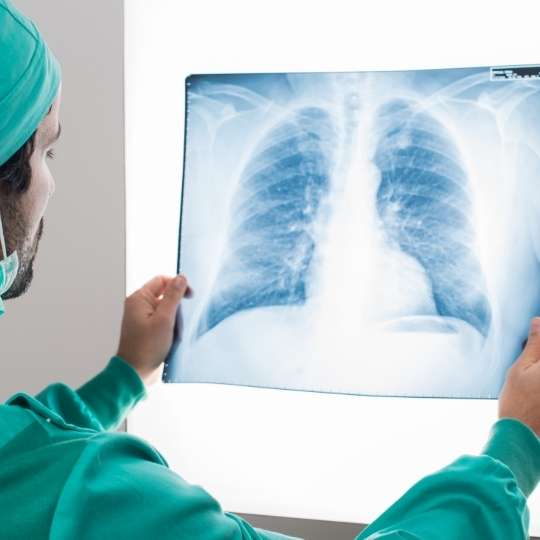
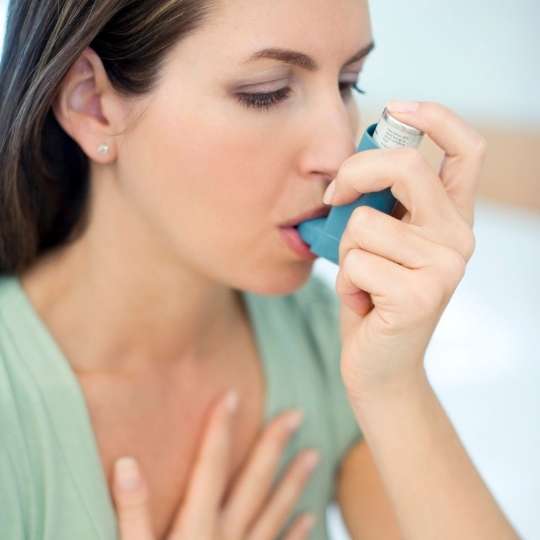

Cardiovascular-related problems
The heart and the cardiovascular system has to pump blood around the body to deliver oxygen to all the organs. The blood also removes waste products like carbon dioxide. If there isa reduction in the efficiency of the cardiovascular system then oxygen levels drop and carbon dioxide levels build up to cause a sensation of breathlessness.
There are many cardiac issues that can cause breathlessness but the main ones are:
- Cardiac Ischaemia: Cardiac ischaemia means the heart muscle is not receiving enough oxygen. This can occur because of coronary heart disease – narrowing of the heart arteries due to a build up of atherosclerosis. In most cases, ischaemia is felt as chest tightness or angina on exertion. However, many patients feel it as breathlessness when they exert themselves. This resolves quickly when you rest. The more severe the coronary artery disease, the greater the likelihood of having this as a symptom.
- Heart Failure: This terms can be interpreted as the heart ‘failing’ to do what it is supposed to – that is efficiently pump blood around the body. The heart muscle can become weakened due to coronary heart disease, heart attacks, high blood pressure or valve related problems. Arrhythmias such as atrial fibrillation can further reduce the efficiency of the heart.
- When the heart output is no longer efficient, then there is a reduction in cardiac output. This causes fatigue, a general sensation of body weakness and a feeling of breathlessness on activity. In patients with problems with the left side of the heart – this causes fluid to build up within the lungs (pulmonary oedema) and this can cause you feel breathless at rest. It is worse when lying down and you may feel like you need multiple pillows to prop you up while sleeping (orthopnoea). Some patients have sudden episodes of feeling breathless which wakes them from their sleep (paroxysmal nocturnal dyspnoea) – this is different from obstructive sleep apnoea, but the two conditions can co-exist.
- When the right side of the heart is affected, there can be progressive change to the legs with worsening leg swelling. You may even develop swelling around the abdomen with internal fluid.
There can be other reasons to be breathless which can be linked to the cardiovascular system.
- Anaemia: Having a low blood count means your haemoglobin levels are reduced and so the oxygen carrying capacity is reduced. Patients may feel breathless when the blood count is very low – less than 8g/dL (or 80g/L) is common level. Breathlessness may start earlier if there are other health conditions – for example, having heart failure and coronary heart disease will mean that haemoglobin levels of 10g/dL may contribute to breathlessness.
- Deconditioning: When people are physically fit, they can often undertake a lot of exercise without feeling breathless. Taking a lot of exercise can mean your body’s muscles are highly efficient and the heart becomes stronger. However, if you become sedantry and take no exercise, then you lose all the efficiency and you lose the capacity to do exercise. The heart cardiac output declines and the arms and legs muscles become smaller and so reduce the size of their blood vessels. All of this means you are more likely to feel breathless when undertaking even minimal activity. If you gain weight, this will exacerbated the problem.
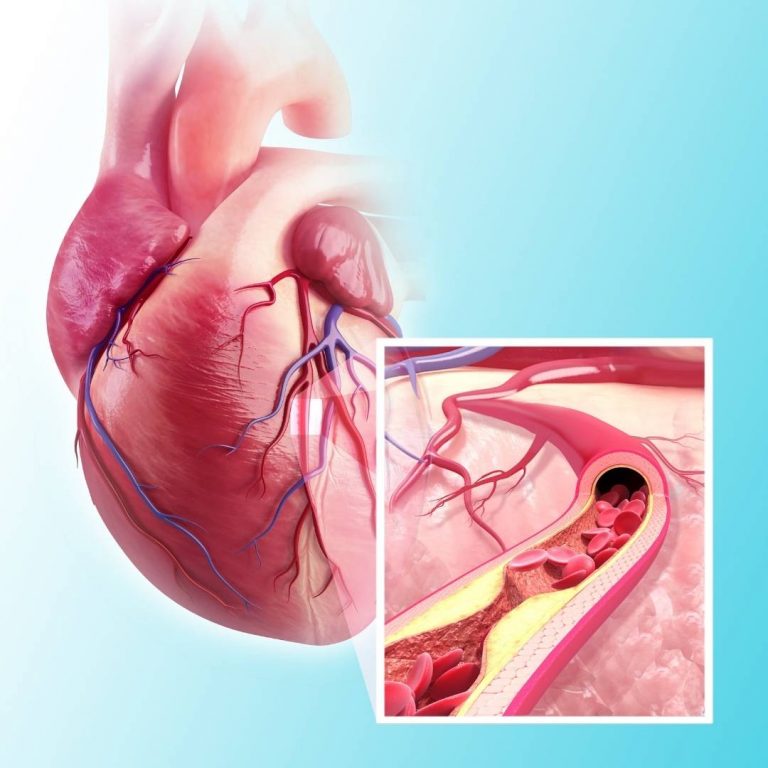

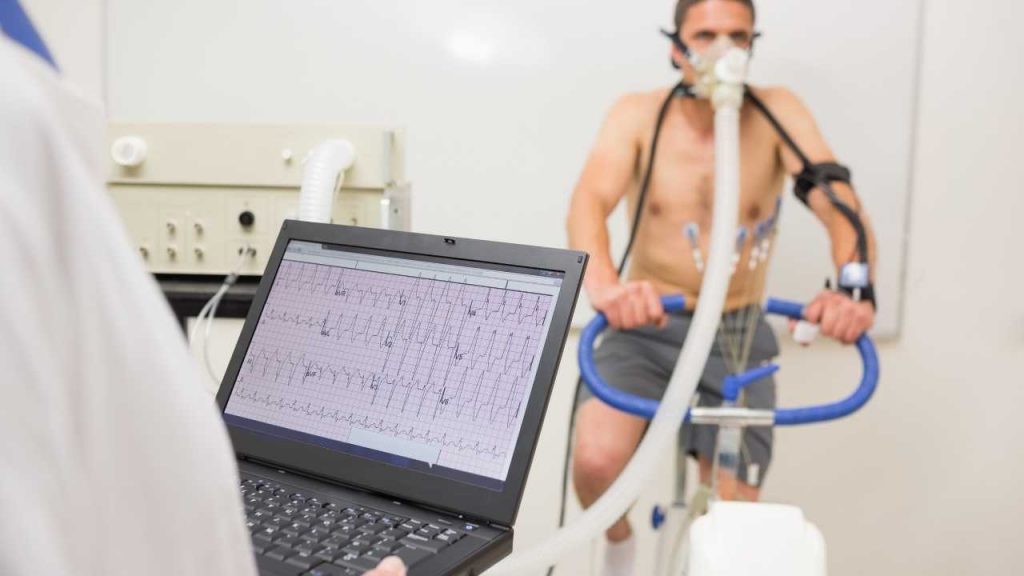
Summary of causes of Shortness of Breath:
Breathlessness can be caused by:
- Lung infections including pneumonia
- Chronic obstructive pulmonary disease (COPD)
- Asthma
- Lung cancer
- Heart attacks and coronary artery disease
- Heart failure
- Severe anaemia,
- Deconditioning
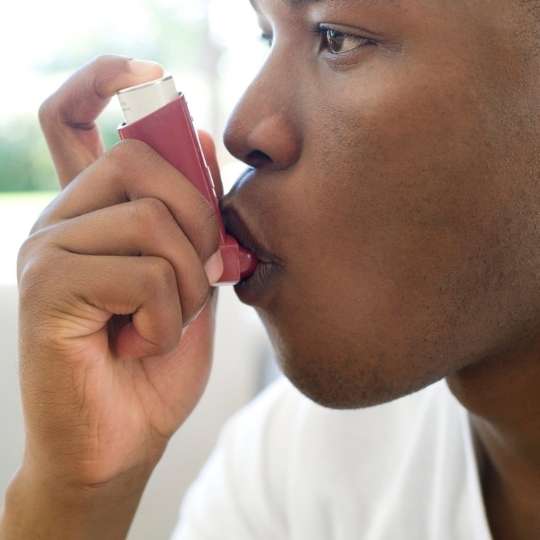



What tests do I need if I have shortness of breath?
Dr Nijjer will take a very careful clinical assessment of your symptoms and your underlying heath conditions to determine the likely cause of your symptoms. Before the appoinment, take the opportunity to reflect on your symptoms and consider the questions discussed above. Dr Nijjer will examine you and assess you for features of conditions that explain your symptoms. Listening to your heart and lungs can reveal many different causes.
It is common to have a number of tests to understand your health in more detail. Common tests include:
- ECG: a tracing of your heart can determine if you have developed an arrhythmia or have had prior heart attacks
- Echocardiogram: this is a heart scan using ultrasound that allows us to assess the function of the heart. It can identify valvular heart disease as well as heart failure.
- Chest X-Ray: A standard chest radiograph can help visualise the lungs and assess for infections, fluid build up or punctured lungs (pneumothorax).
- Blood tests: Blood tests are required to assess for anaemia.
- Lung function tests:Lung function tests involve blowing into special machines that can measure the lung capacity and compare it to the expected capacity. These tests are different from the Peak-Flow tests that are commonly performed in General Practice.
You may need further investigations depending on the initial findings. If we feel the heart is the cause, then you may require further tests to determine the underlying heart problem. If we feel the principle problem is a lung-related problem, Dr Nijjer will ask one of the Respiratory Consultants to review you.
What treatment will I need for shortness of breath?
The treatment for shortness of breath will very much depend on the underlying cause. In some cases, there can be a number of conditions that are interacting together to cause your symptoms. This is because a habits such as smoking can cause both coronary heart disease and COPD or emphysema. Patients with coronary heart disease can also develop heart failure. It is common to take a multi-pronged approach to the problem.
If the underlying condition is principally heart-related, then Dr Nijjer will institute the therapies with the best evidence base.
If the underlying condition is principally related to the respiratory system, Dr Nijjer will ask a Respiratory Consultant to be involved in your care. It is imperative to stop smoking. In some cases, special inhalers and respiratory rehabilitation and physiotherapy is required.
In those cases in which multiple issues are combined to cause your symptoms, Dr Nijjer will work along with other specialists to ensure your condition is best assessed and treated.
If you have questions related to shortness of breath, or have been experiencing the symptom, then please email info@drnijjer.com. Please call Dr Nijjer’s team at One Heart Clinic to schedule an appointment (telephone number: 0203 9838 001).
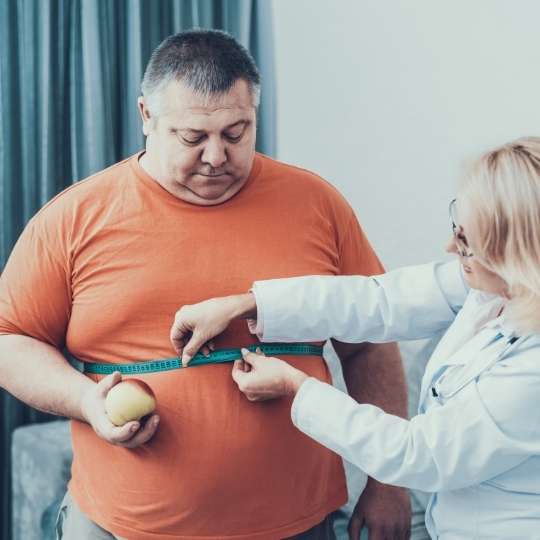

More Information from the British Heart Foundation
More information is available on the British Heart Foundation (BHF) website.
The page on Breathlessness is found here. The page on heart failure is found here.
Click here to download a PDF discussing Angina in more detail.
Help Your Heart
If you have any concerns regarding your heart health, then please seek a referral to Dr Nijjer.
Call the Team: Monika, Amy, Charlotte, Erin or Grace:
0203 9838 001
Email: Secretary@DrNijjer.com
Dr Nijjer can be seen at :
68 Harley Street, London, W1G 9QP
He also practices at Cromwell Hospital, Wellington Hospital, BUPA Clinics, BMI Syon Clinic as well as Imperial Private Healthcare.

